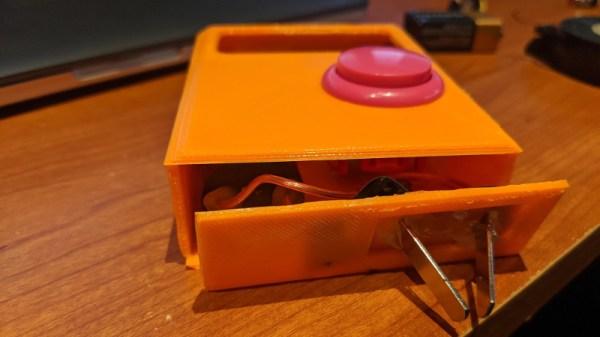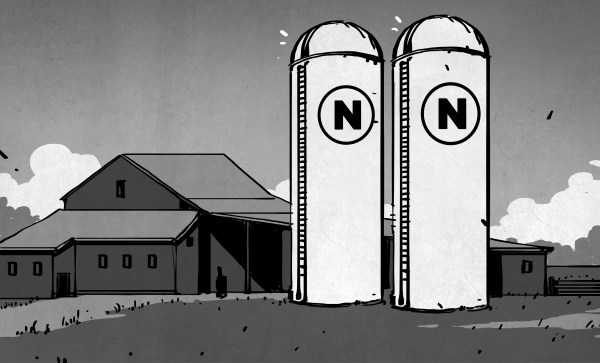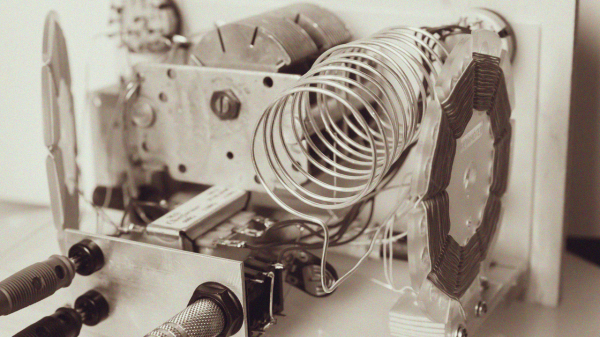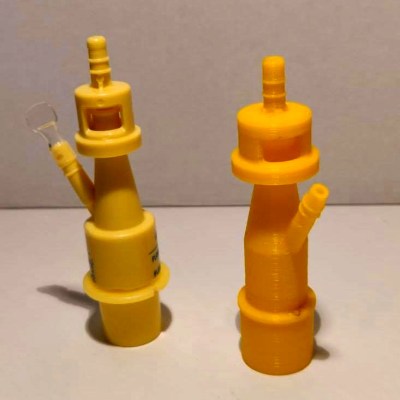In these troubled times, when a trip to the grocery store could turn into a brawl over toilet paper, you might be inclined to build yourself a low-cost electroshock weapon. Or at least, that’s what [Alex Zidros] did. We don’t necessarily recommend you follow in his footsteps, and we’re certainly not advocating testing it on a loved one. We just bring you this information, you have to decide what you do with it.

So what does it take to build an improvised stun gun? Not a whole lot, it turns out. As you might have guessed, the star of the show is a high voltage transformer which supposedly puts out 400 kV. Just looking at it (and the price) we’re going to go out on a limb and say the performance specs are way overrated, but in this case that might actually be a good thing.
Beyond the transformer, there’s a simple 9 V battery holder and electrodes made from the prongs of a hacked up travel adapter. To deliver the lightning, [Alex] is using a pink arcade button. Just because you might be fighting for your life doesn’t mean you can’t have a little fun, right? Everything is packed into a simple 3D printed enclosure, but you could easily replace that with any suitably sized box. Something made out of wood might be a good idea, considering.
If you’d like to see another person shocked by a cobbled together high-voltage weapon, and potentially even learn something in the process, check out the “tutorial” video [Mehdi Sadaghdar] did back in 2014. We did mention you definitely shouldn’t do this at home, right?



 While rockets launched from silos are generally weapons of war, [Joe Barnard] of [BPS.Space] thought model rocketry could still do with a little more thoomp. So he built a functional
While rockets launched from silos are generally weapons of war, [Joe Barnard] of [BPS.Space] thought model rocketry could still do with a little more thoomp. So he built a functional 















